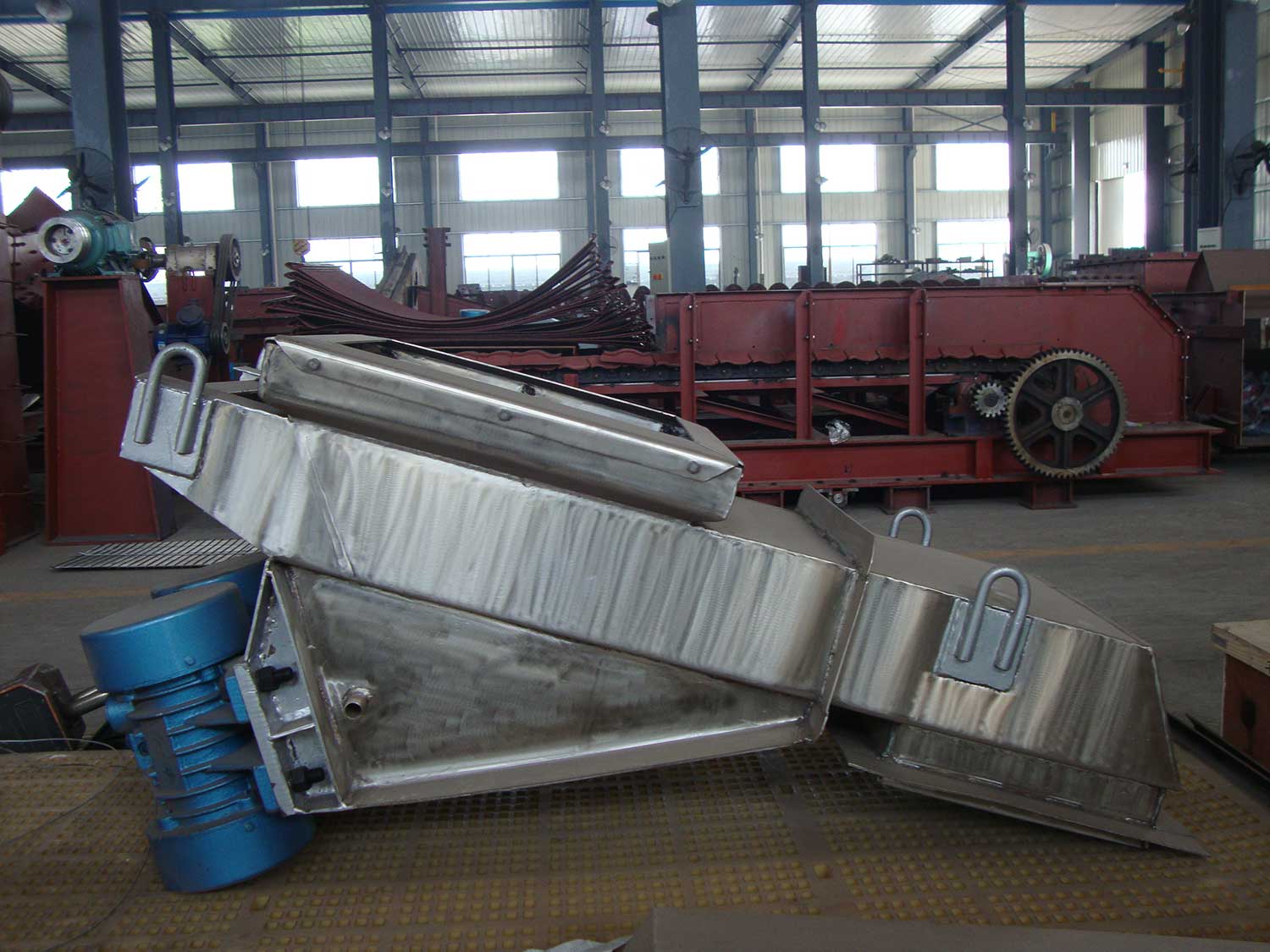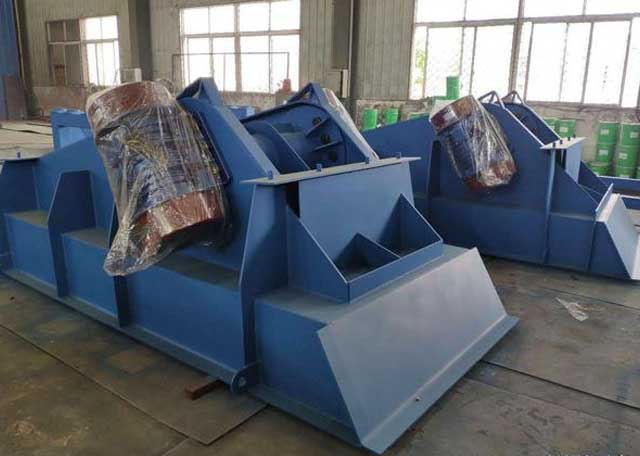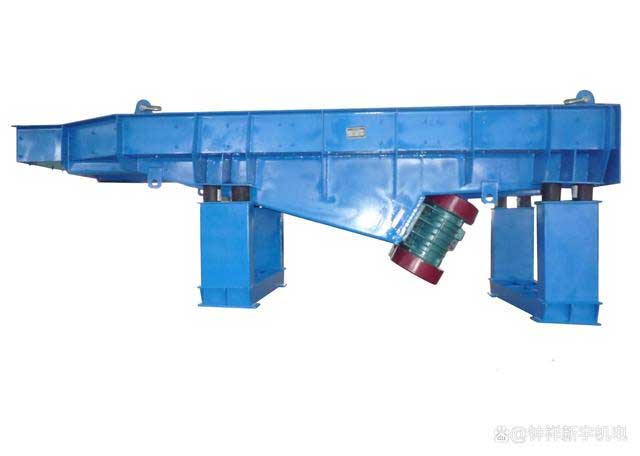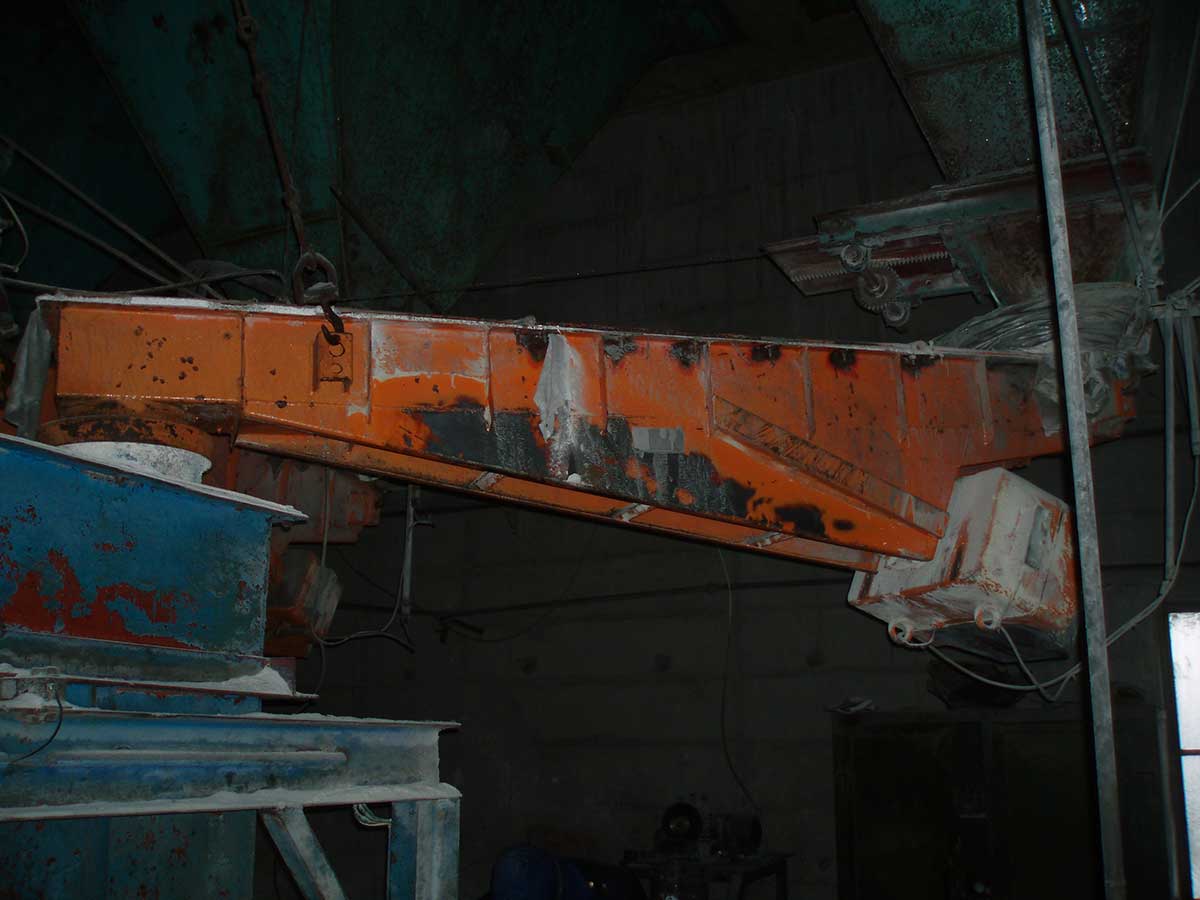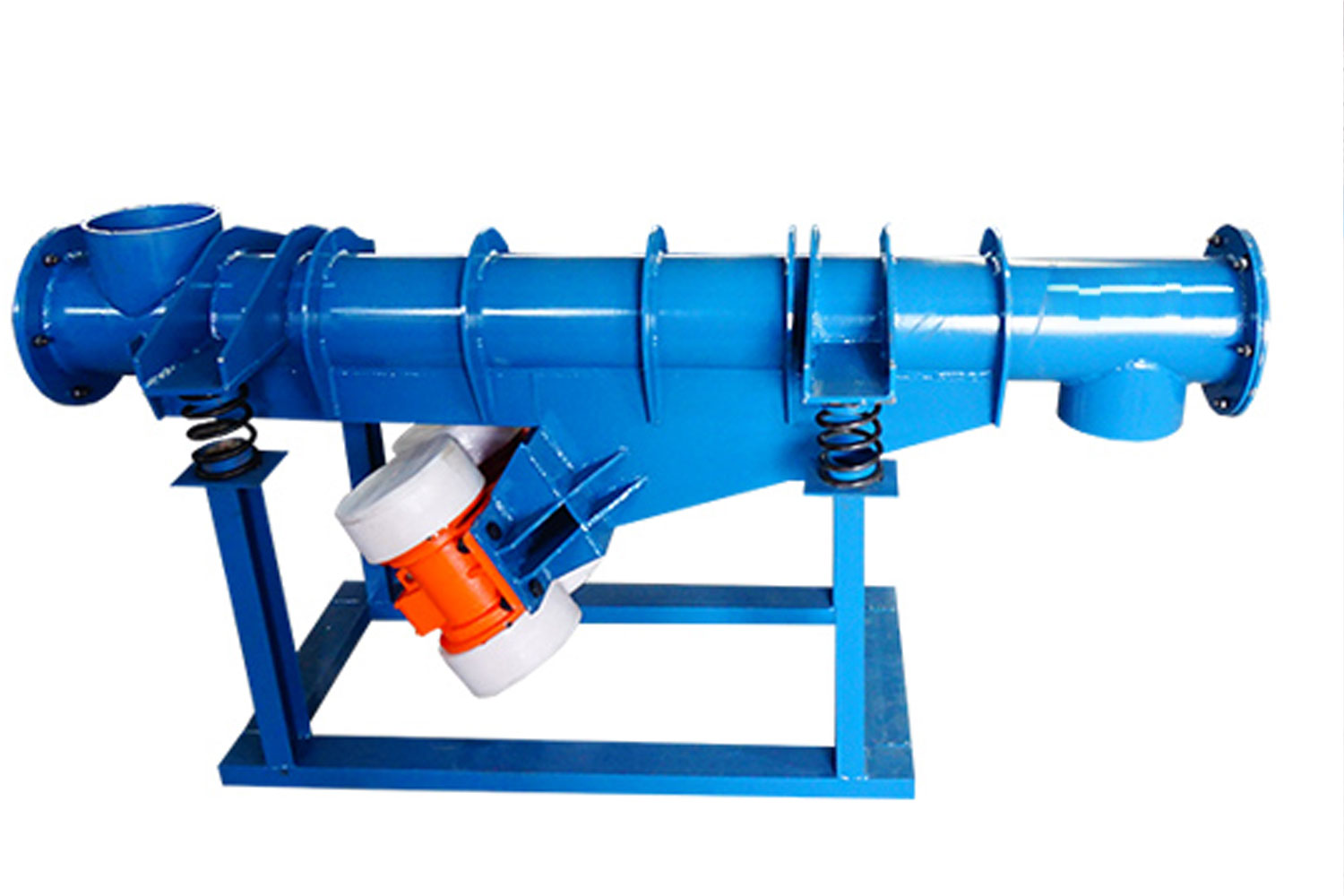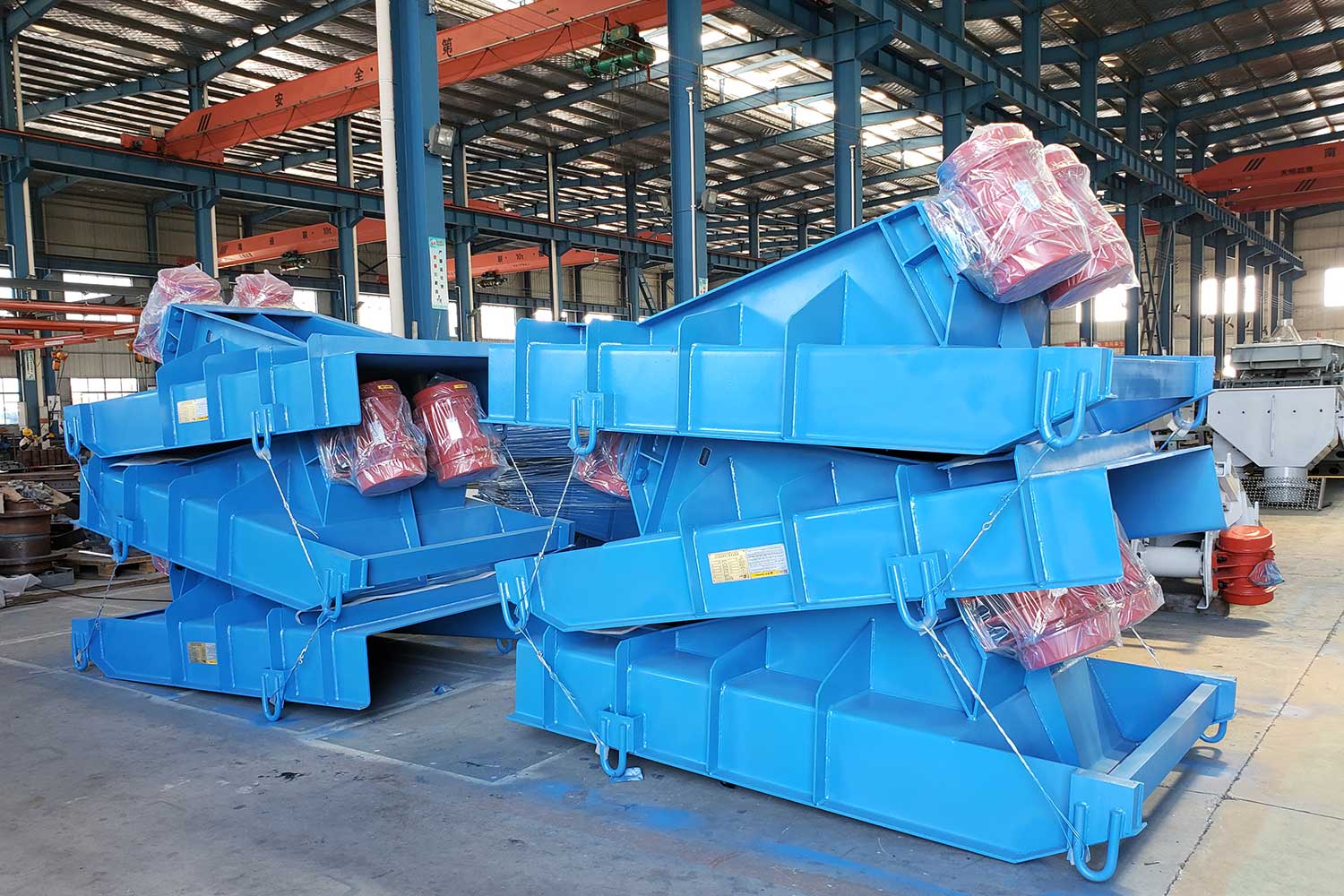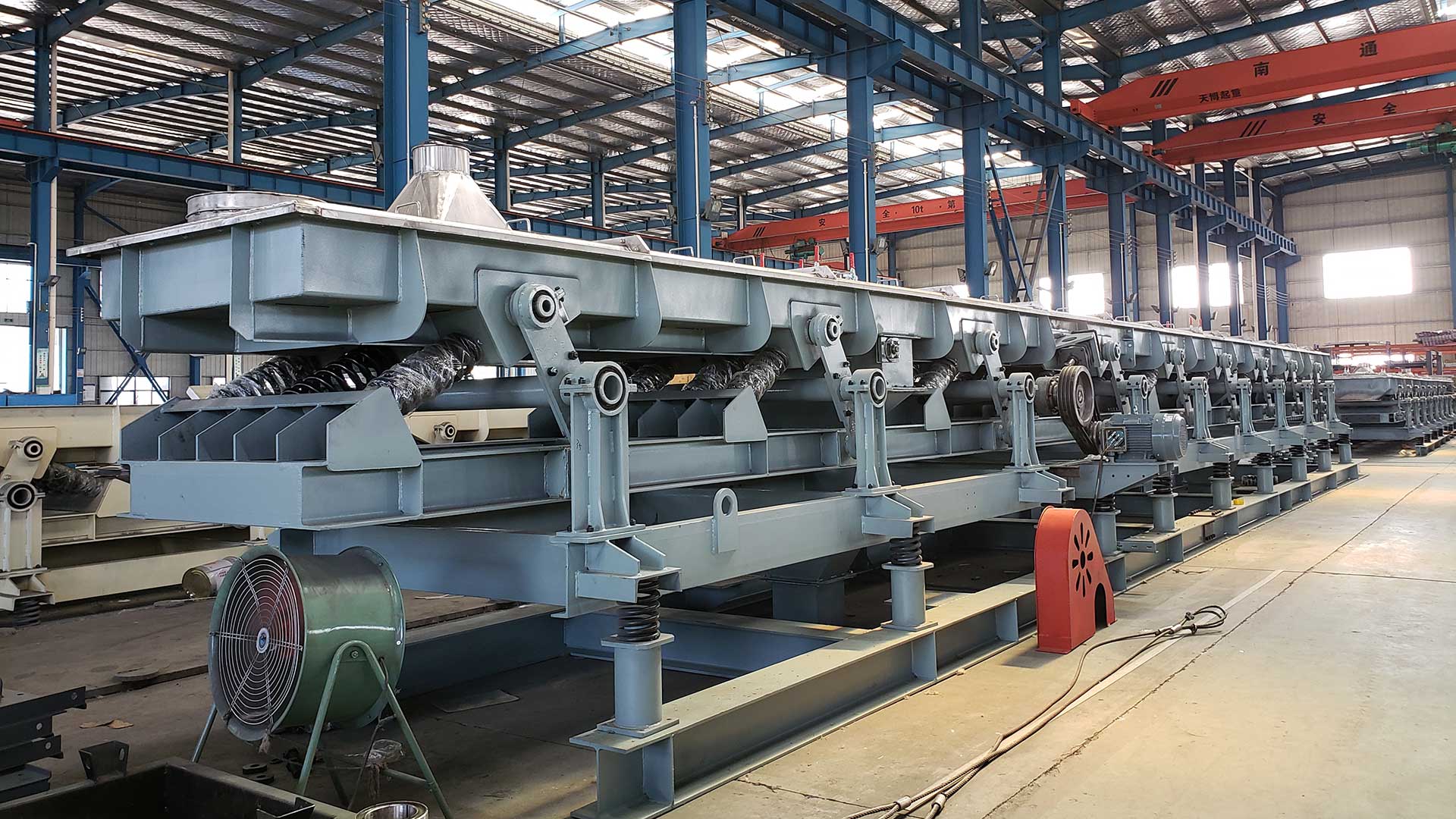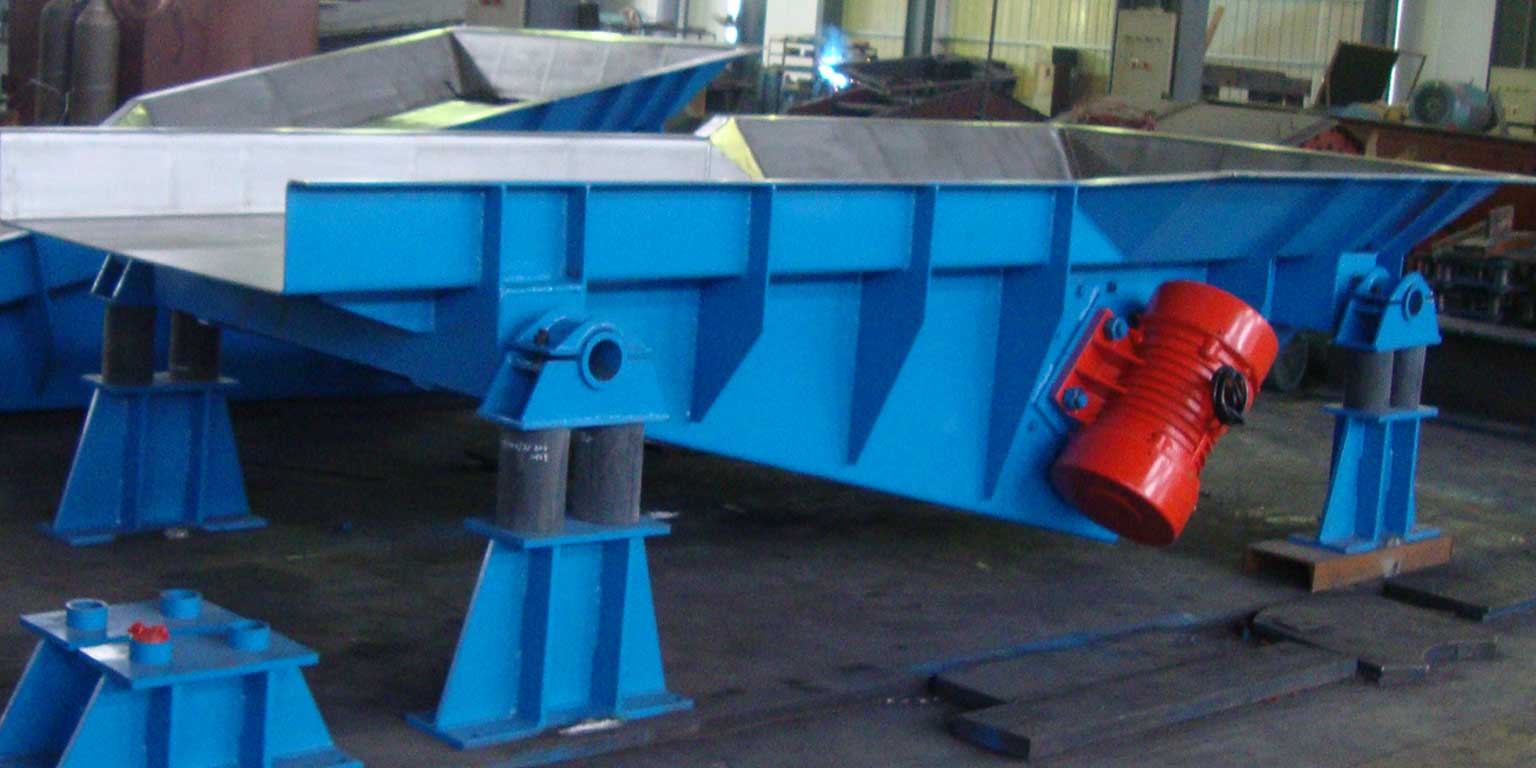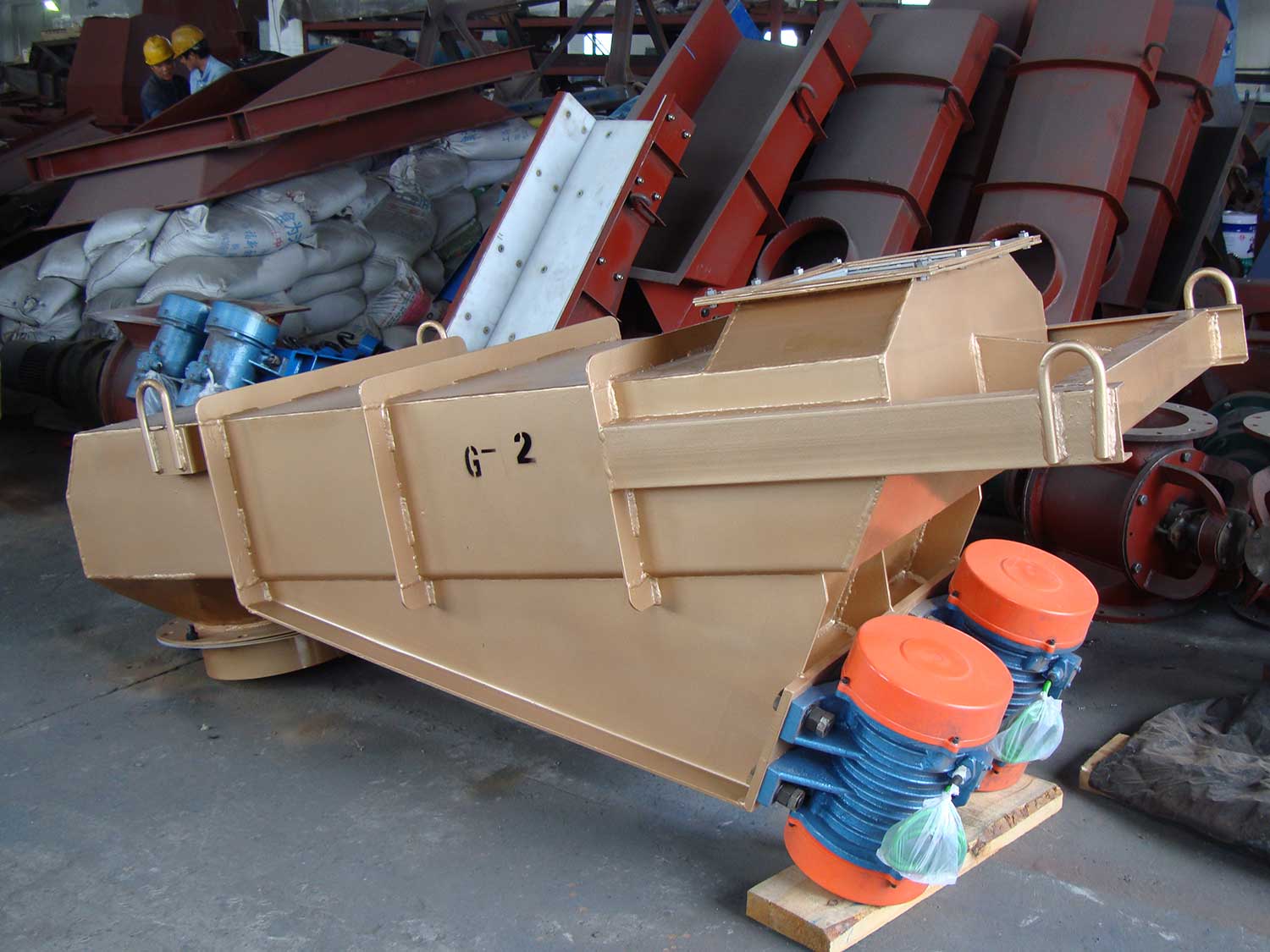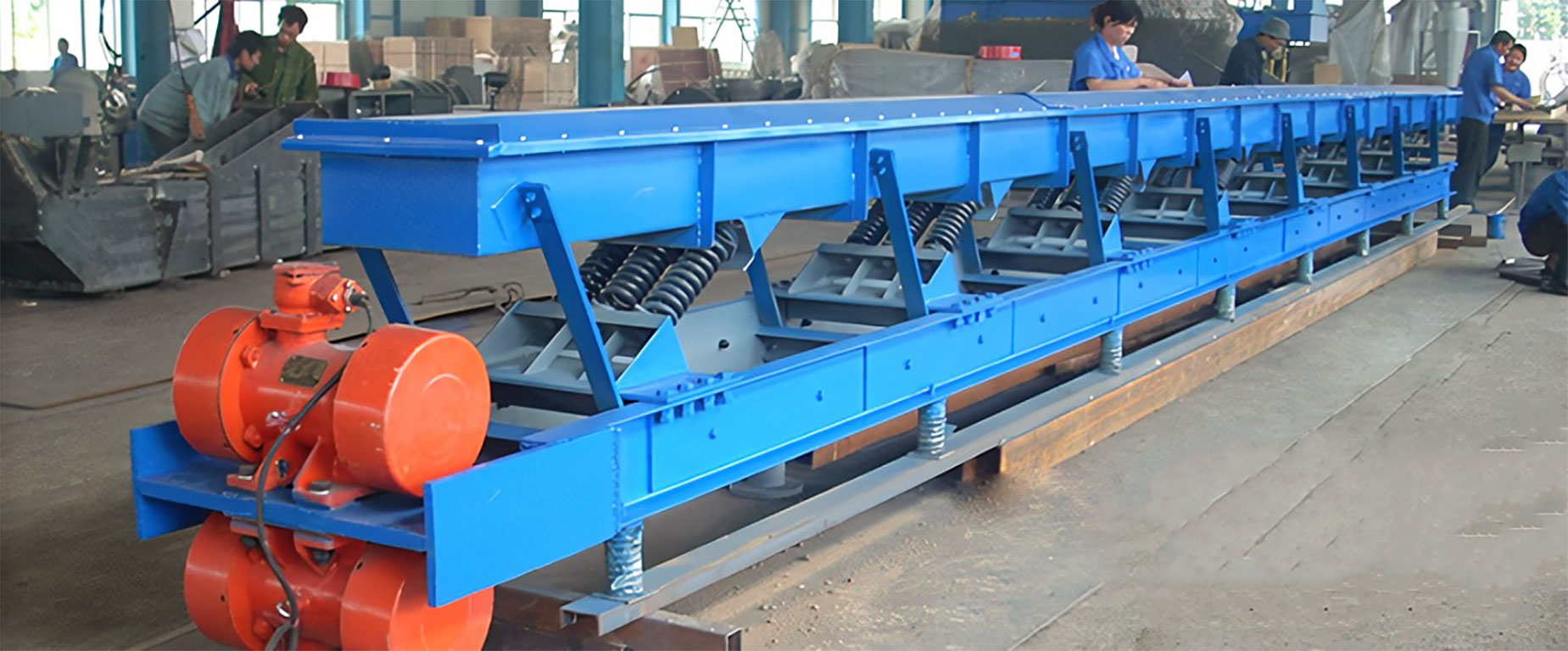3 differences: electromagnetic and motor vibrating feeder
What is a vibrating feeder? The vibrating feeder is a kind of equipment that can uniformly, regularly, and continuously feed block and granular materials from the storage bin to the receiving device. In the sand and gravel production line, the crushing machinery can be continuously and evenly fed, and the materials can be coarsely screened.… Read More »3 differences: electromagnetic and motor vibrating feeder
